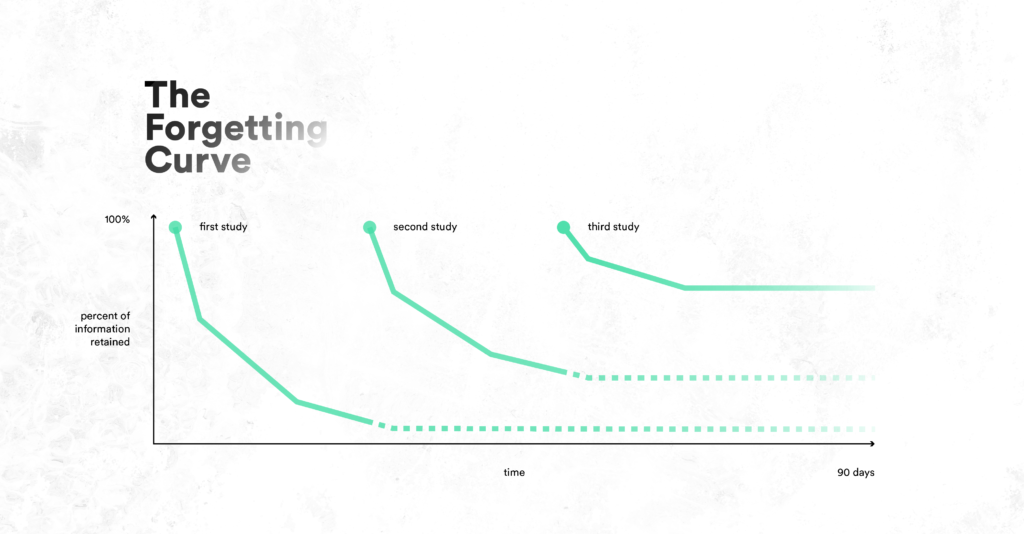If you ever look through a list of popular buzzwords in training and development, you’ll probably find microlearning high on the list. It’s a topic that everyone has heard about but few people can concretely define. After all, there are a lot of different opinions about what microlearning is and how useful it can be.
What exactly is microlearning?
Microlearning can change your business for the better, boost employee productivity like never before, and decrease the dollars you spend on employee training. But before we start talking about how microlearning can help your business, let’s establish a shared definition.
Microlearning is defined by the second hand
Microlearning is the only type of learning that’s most defined by time—and when we say time, we’re talking minutes, not hours. The actual length varies, with some instructional designers promoting five- or even two-minute caps. But for practical purposes and flexibility, we’ll define microlearning as learning that covers a single, tightly focused topic in ten minutes or less.
Microlearning is a philosophy, not a practice
Microlearning isn’t a new idea. It just takes sound instructional design principles and looks at them in a new way. To sum up the philosophy of microlearning in a single sentence, microlearning is thoughtful and intentionally created content that puts the needs of the learner first—all in under ten minutes.
Use microlearning to combat the forgetting curve
No matter how amazing your training may be, Ebbinghaus’ forgetting curve is here to stay. During the initial learning phase, retention rises as learners absorb the new information. But once they get back on the job, their ability to retain new information drops rapidly. Two days after undergoing learning, the average learner only remembers about 25% of the information. And here’s the kicker: by 90 days, that percentage is approaching zero. Unsurprisingly, this creates havoc with onboarding and makes your budget cringe.
Here’s the good news. We can fix this by reinforcing learning over time.

We can boost learning reinforcement through:
- Coaching
- Supplemental training
- Periodic reminders and pop quizzes
- Job aids
All of these interventions cost very little in time or money. This means that for little risk, you can get a big reward (like putting that forgetting curve in the past). On the other hand, not reinforcing learning can mean that much of the resources put into the initial learning gets wasted. When you look at it like that, microlearning is a budget and learning multiplier that keeps on giving.
Multiply the effectiveness of your learning
Combating the forgetting curve is where microlearning gives you the biggest returns. In fact, when it’s used correctly, microlearning boosts results and retention so much, that it multiplies the effectiveness of the initial learning. Here are a few practical ways to put microlearning in action.
Prep your learners with pre-learning
You’ve got a big ILT session coming up, and you want all of your learners to know some essential terms and definitions before getting started. Some are old hands and some are newbies. You shoot out a short five-minute video that hits all the highlights. The video gets your learners in the zone, introduces the information, and covers some need-to-know terms and definitions. By the time your learners get to their ILT session, they’re prepped and ready to dig deeper.
There are other options, of course. Pre-learning can take a variety of forms, from text-based PDFs to short learning games or interactive animations. The form doesn’t matter as much as answering three questions:
- What does my learner need to know before the actual learning session?
- When does my learner need to know it?
- Where will my learner be accessing this pre-learning?
Once you have the answers to these questions, you can design a microlearning solution that hits these answers out of the ballpark.
Use learning bursts to introduce new ideas
Your sales reps are crazy busy, but you have a new sales technique that you think will completely change how your company wins sales. So, you get a subject matter expert together with a great instructional designer and you create five 8-minute podcasts. Every morning for five days, right before your reps get on the road, you fire out the podcast along with a quick-reference, actionable PDF. The podcasts can either build on each other or demonstrate different ways to apply the same technique.
As with pre-learning, the actual form and length of the learning bursts is flexible, but most instructional designers agree that the strongest learning bursts are quick audio shorts with an accompanying reference aid.
These bursts are often a series of short topics that work toward an overall learning goal. And they’re even more effective if you create a space for learners to discuss what they’ve learned with coaches or peers.
Reinforce earlier learning to increase retention
You’re onboarding a new hire to your company. This new hire gets hit with a lot of information in the first week—and there are some tasks and processes that they won’t use until months later. In response, you create a series of short videos that each cover a process or task new hires need to remember at a later date. Then you put these videos in an easily-accessed online library. Whenever a new hire has a question or struggles to remember a process or task, they can access the library and watch the refresher video.
Rather than let the forgetting curve do its dastardly work, we save thousands of dollars by bending that curve back up with some practical learning reinforcement. Whenever that curve starts bending back down again, the learner can repeat the process—all in just a handful of minutes.
This increases employee confidence, leads to less turn over, and decreases the dollars spent on onboarding. Boom.
When you should use microlearning
OK, we’ve established that microlearning can be invaluable for your learners and your business. Microlearning has a lot of benefits, and it can be tempting to transform all our learning into bite-sized segments. But microlearning isn’t a magical fix for all your learning problems—it’s meant to communicate information in a quick, concise, and to-the-point format. Enough to boost retention without taking time away from your employee’s job.
Before creating microlearning, it’s critical to think long term and always return to the learner-first mindset. To make microlearning that’s effective, step back, put yourself in your learner’s seat, and ask what would help your learner the most.
If microlearning is the answer, then what are you waiting for? Let’s make it happen.
Want to make sure your learning sticks?
Chat with us about how microlearning can work for you.
Let’s chat→